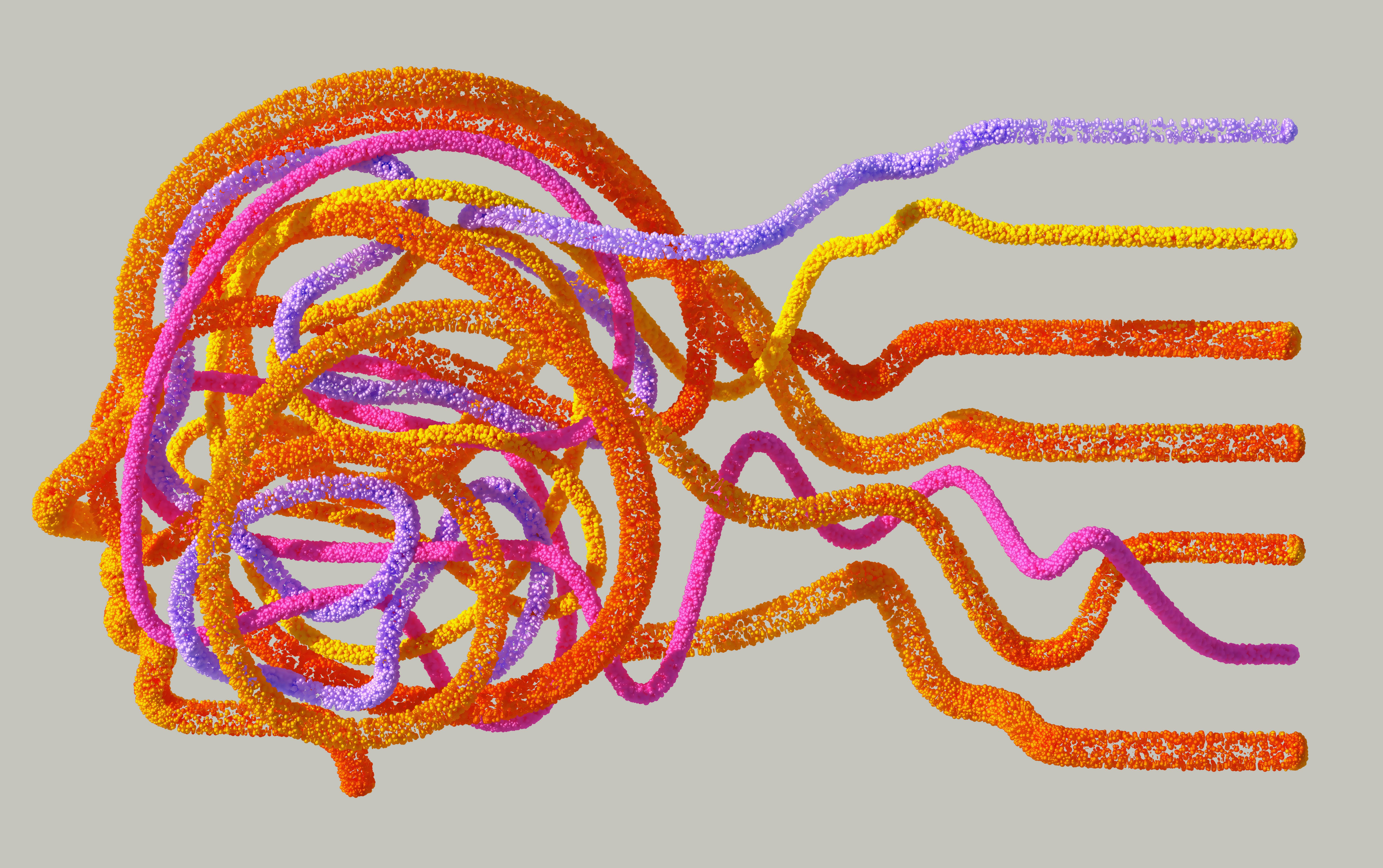Enterprise success depends not merely on being data-rich but on decision quality. As insurers strive to scale beyond pilots and deliver better outcomes, it is imperative to diagnose the gap and find an approach to bridging the divide. This article demonstrates how Decision Intelligence—combining decision memory, adaptive analytics, and explainable AI—codifies tacit knowledge into institutional capability, reducing variability and enabling consistent, transparent, and resilient performance in a volatile and dynamic environment.
Problem Statement: What?
In today's VUCA environment [volatility, uncertainty, complexity and ambiguity], insurers face a paradox. Despite abundant data from broker submissions, underwriting systems, claims, third-party sources, and significant investments in analytics, better insights do not always translate into better outcomes.
Consider a commercial property underwriting scenario, where two underwriters, given the same portfolio, guidelines, data and insights, often arrive at different decisions. This divergence stems from how each interprets insights, applies them in workflows, and navigates multiple decision paths. This tacit knowledge that drives these choices remains uncaptured, limiting institutional learning and consistent performance.
Bridging this gap requires a new paradigm, Decision Intelligence, to translate the art of decision making into a science that adapts to the environment.
Understanding the Gap in Decision-Making
Commercial property underwriting is inherently complex, involving numerous factors that influence risk exposure, insurability, pricing, and profitability. Most insurers have focused on improving underwriting cycle time, but with limited focus on consistency of decisions. Current systems accelerate processes but do not capture the rationale behind decisions or institutionalize the tacit knowledge. As a result, decision making remains highly dependent on individuals, creating variability in outcomes. For instance, underwriting a portfolio with higher premium (to cede the risk), or optimal premium with certain limits and exclusions, or seeking additional information from risk assessors or actuaries on assumptions, anomalies, etc.
How to bridge the Gap?
To close this gap, insurers need to move beyond process automation toward Decision Intelligence—a framework that embeds decision memory, simulations and explainability, knowledge graph powered by a decision agent. This digital capability connects data, insights, and decision logic, ensuring decisions are explainable, repeatable, and adaptable to changing market conditions. Below are some key components of Decision Intelligence.
Adaptive Analytics Agent
Discover hidden patterns/groups and key influencing features from the captured datasets using unsupervised learning and apply contrastive learning techniques to generate scenarios that will maximize the value and minimize risk. This decision assist agent provides its recommendations in natural language to the underwriter with explanations/rationale, for their review/feedback. The feedback loop is a critical linchpin for the agent to capture tacit knowledge – such as observations with respect to anomalies in roof condition scores and high claims related to roof repairs in that region with similar property characteristics.
Scenario Modeling and Explainability
Tools to simulate various scenarios (e.g.: open-source platforms such as Oasis Loss Modeling Framework, Fathom etc.) and determine annual average loss (AAL) for the portfolio. This risk assessment/modeling is governed by COPE framework (construction, occupancy, protection, and exposure).
It involves analysis of scenario values at location level, insurance-to-value (ITV) analysis to assess the coverage sought vs. cost to replace or repair insured property. ITV is driven by factors such as inflation, cost of replacement materials, labor shortages, etc. and helps to avoid underinsurance and coinsurance penalties. The underlying exposure (AAL) insights and pricing/premium governed by ITV analysis, helps to determine/forecast the profitability of the portfolio, based on cohorts and associated features that is driven by the principle of value maximization and risk minimization.
These in silico trials, augmented by ontology and powered by knowledge graph-driven decision memory and explainable AI, help underwriters to choose the decision paths. This capture of tacit knowledge and decision rationale will continuously evolve with integration to real-world environment (sensors, IoT, spatial imagery, geocoding etc.) and foresights, guiding underwriters in effective decision making.
Decision Memory
Building decision memory involves capturing the "why" and "what happened" in the workflows, including micro-decisions. This includes risk assessor notes, pricing notes and assumptions, property characteristics, perils considered, patterns/key influencing factors such as primary, secondary modifiers, anomalies between broker submission and risk assessment, risk mitigation strategies, exclusions, learnings/feedback loops from good and bad decisions. This would also involve digitizing the underwriting decisions by creating and integrating UI/prompts to capture and validate this additional information (human-in-the-loop) in the workflows.
Potential Benefits
By capturing rationale, simulating scenarios, and closing the loop with feedback, insurers reduce decision variance, improve price adequacy, and speed time-to-quote. This will result in better outcomes such as higher quote-to-bind on target segments, more written premium per underwriter, tighter loss and combined ratios, and stronger model governance—measured through KPIs such as decision-rationale coverage, outcome variability across underwriters with similar risk profiles, ITV accuracy, technical-price adherence, and audit-ready explainability with assumptions, trade-offs and overrides.
The Way forward
To achieve these objectives, organizations should prioritize the integration of advanced analytics and AI-driven decision support tools across underwriting, risk management, and data governance functions.
This includes establishing cross-functional teams to continuously refine models and decision frameworks based on real-world feedback, fostering a culture of transparency and learning, and leveraging technology to streamline workflows while upholding rigorous controls.
By aligning strategic goals with operational practices, insurers can unlock greater efficiency, consistency, and resilience in an evolving marketplace.








